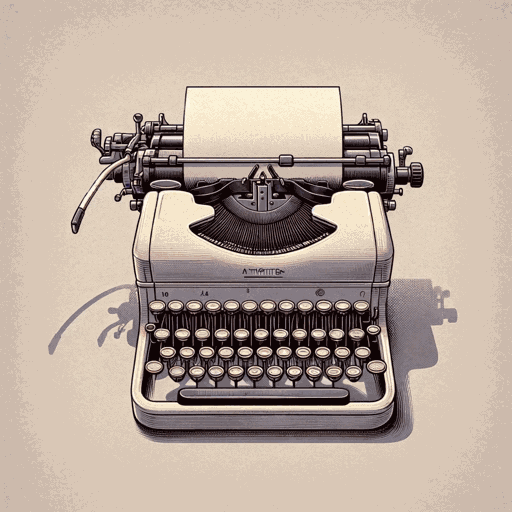53 pages • 1 hour read
Budd SchulbergWhat Makes Sammy Run?
Fiction | Novel | Adult | Published in 1941A modern alternative to SparkNotes and CliffsNotes, SuperSummary offers high-quality Study Guides with detailed chapter summaries and analysis of major themes, characters, and more.
Background
Historical Context: The Studio System and the Rise of Organized Labor
The novel is set in 1930s Hollywood, at the peak of the studio system—an era in which a few large conglomerates, including MGM, Paramount, Warner Brothers, and RKO Pictures, controlled both production and distribution of the vast majority of films. Schulberg satirizes the gritty behind the scenes world of power-hungry producers, writers, and actors. Contemporary politics also play a significant role, with frequent references to the rise of Hitler in Germany and American political scandals of the day. The book skewers Hollywood’s reluctance to engage with politics, as producers worry that taking an antifascist stance would alienate the European market.
Studios in this era were so powerful that they could exert significant political pressure on their employees. Even leading actors had severely limited autonomy, as they were under contract with studios that could decide which projects they worked on or whether they worked at all. Studios pushed their employees to vote in the way that the studio shareholders wanted, and they used their power to silence their contractors’ political speech. The rise of union organizing in the 1930s became a major source of tension within this system. As the book explores, studios would often use underhanded tactics to make unions seem unviable and disorganized, sending in scabs to affect union votes and pressuring people to disavow the union or lose their jobs.
Featured Collections
American Literature
View Collection
Art
View Collection
Challenging Authority
View Collection
Class
View Collection
Class
View Collection
Jewish American Literature
View Collection
Loyalty & Betrayal
View Collection
Philosophy, Logic, & Ethics
View Collection
Power
View Collection
Satire
View Collection

